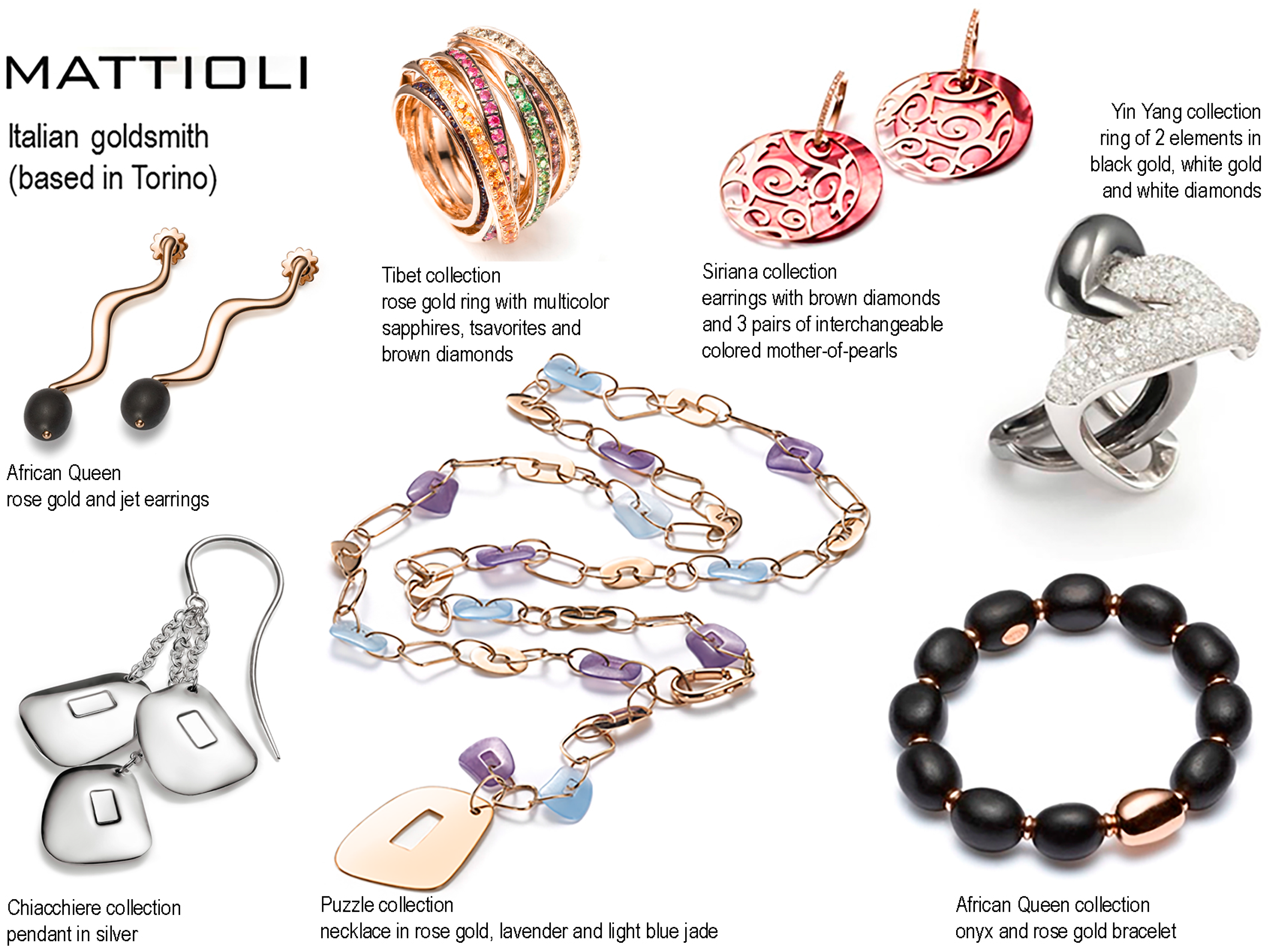
As the global jewelry industry continues to evolve, one of the most notable shifts has been the growing emphasis on ethics and sustainability. Ethical practices and sustainable trends have become essential topics for consumers, designers, and manufacturers alike, with an increasing demand for transparency and responsibility across the supply chain. In this new era, jewelry is not just about beauty and craftsmanship—it’s also about making conscious choices that benefit both people and the planet.
The Rise of Ethical Jewelry Practices
Ethical jewelry is no longer a niche category; it has become a mainstream movement within the industry. At the heart of this trend is the desire to ensure that every step of the jewelry-making process adheres to ethical standards, from the sourcing of materials to the treatment of workers. In response to growing consumer awareness, jewelry brands are increasingly prioritizing ethical sourcing and manufacturing practices.
The key to ethical jewelry lies in the traceability of raw materials. Traditionally, the mining of precious metals and gemstones has been associated with human rights violations, environmental degradation, and exploitation. In recent years, however, a number of forward-thinking brands have sought to rectify this by embracing responsible sourcing. This includes sourcing diamonds, gold, and other materials from suppliers that adhere to strict environmental and labor standards.
One of the most significant developments in this area has been the rise of conflict-free diamonds. Certification systems, such as the Kimberley Process, have made it possible for consumers to purchase diamonds that have been sourced without contributing to human rights abuses or funding conflicts. In addition, many jewelers are now opting for lab-grown diamonds, which offer the same beauty and brilliance as natural diamonds but with a significantly lower environmental impact.
The Growing Demand for Sustainable Jewelry
Sustainability in jewelry has gained tremendous momentum in recent years. Consumers are increasingly seeking out brands that are committed to reducing their carbon footprint, using eco-friendly materials, and supporting fair trade practices. This shift in consumer preferences is prompting brands to adopt more sustainable methods of production and material sourcing.
One of the most prominent trends in sustainable jewelry is the use of recycled metals. Jewelry designers are now reusing gold, silver, and other metals from old pieces to create new designs, reducing the need for new mining. This not only helps to preserve natural resources but also reduces the environmental impact associated with metal extraction. Recycled metals can be of the same high quality as newly mined metals, making them an attractive option for both eco-conscious consumers and jewelers.
In addition to recycled metals, many jewelry brands are focusing on sourcing ethical gemstones. Instead of purchasing stones from mines with questionable labor practices, jewelers are turning to alternative sources, including recycled gemstones, fair trade mining operations, and lab-grown stones. These gemstones are carefully selected to ensure that they meet ethical and environmental standards, offering consumers peace of mind when making their purchases.
Eco-Friendly Practices in Jewelry Production
Sustainability is not just about the materials used in jewelry; it also extends to the manufacturing process. Eco-friendly practices are becoming more prevalent in jewelry production, with brands investing in energy-efficient production methods, reducing waste, and using sustainable packaging.
One of the key innovations in sustainable jewelry production is the use of 3D printing technology. This cutting-edge technique allows designers to create intricate, high-quality jewelry with minimal waste. By using digital models and only the necessary materials, 3D printing eliminates much of the excess material that is typically discarded in traditional jewelry-making processes. This innovative method also allows for the creation of more intricate and complex designs that were previously difficult to achieve.
Another important trend is the use of environmentally friendly packaging. Many jewelry brands are moving away from traditional packaging materials, such as plastic and foam, and opting for sustainable alternatives like biodegradable boxes, recycled paper, and reusable pouches. By prioritizing eco-friendly packaging, these brands are reducing their environmental impact while still providing customers with an attractive and functional presentation for their jewelry.
The Role of Fair Trade in Jewelry
Fair trade practices have become an integral part of the ethical jewelry movement. These practices ensure that the artisans and workers involved in jewelry production are paid fair wages, work in safe conditions, and are treated with dignity and respect. By supporting fair trade jewelry, consumers are helping to create a more equitable and sustainable global supply chain.
Fair trade certification systems, such as the Fairmined certification for gold and the Fair Trade Certified mark for gemstones, are helping to ensure that jewelry is produced under ethical conditions. These certifications guarantee that the materials used in the jewelry have been sourced from mines or suppliers that meet strict labor and environmental standards.
Many jewelry brands are now proudly displaying their fair trade certifications to communicate their commitment to ethical practices. For consumers, purchasing fair trade jewelry is an easy way to support ethical practices while still enjoying high-quality, beautiful pieces.
The Future of Ethical and Sustainable Jewelry
As the demand for ethical and sustainable jewelry continues to rise, it is clear that these trends are here to stay. The jewelry industry is evolving, with more brands embracing sustainable practices and consumers becoming increasingly conscious of their purchasing decisions.
The future of jewelry will likely see even greater advancements in ethical sourcing and production methods. For example, innovations in lab-grown diamonds and gemstones are expected to reduce the environmental impact of gemstone extraction even further. As technology continues to improve, more sustainable options will become available, offering consumers more choices without compromising on quality or style.
Moreover, the growing interest in sustainability will continue to drive changes in the way jewelry is marketed and sold. Transparency will be a key factor in consumer decision-making, with buyers looking for brands that offer clear information about their sourcing, manufacturing, and environmental impact. Brands that embrace these values will be better positioned to thrive in an increasingly competitive and socially conscious marketplace.
Conclusion
The jewelry industry is undergoing a profound transformation, with ethical practices and sustainable trends leading the way. From conflict-free diamonds and recycled metals to fair trade practices and eco-friendly production methods, the industry is evolving to meet the demands of conscious consumers. As these trends continue to grow, the future of jewelry looks bright, offering beautiful, high-quality pieces that not only shine with brilliance but also reflect a commitment to people and the planet. Whether you’re a jeweler, a designer, or a consumer, understanding and supporting ethical and sustainable practices is key to shaping the future of the jewelry industry.
